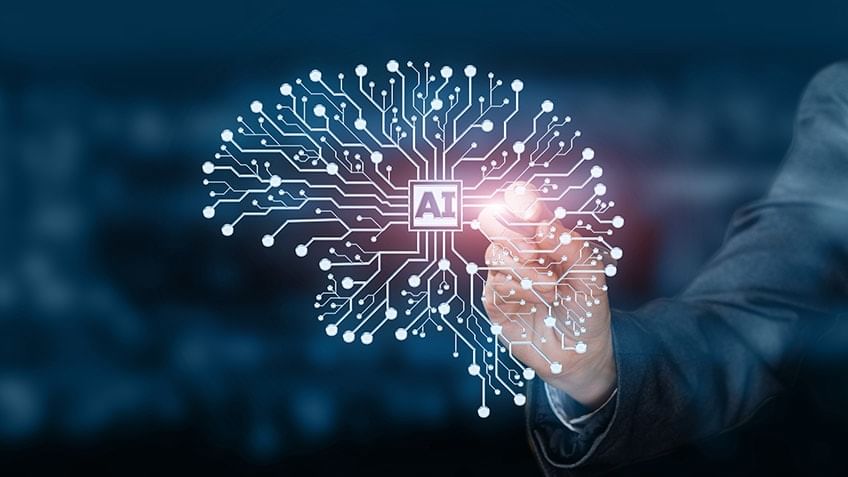Artificial intelligence (AI) is one of the most important technological developments in recent years. It has the potential to change the way we live and work by automating daily tasks, increasing productivity and making smarter decisions. In this comprehensive guide, we'll explore various aspects of AI, including its history, types, applications, benefits, and challenges. We will also discuss the latest trends and developments in AI and the future of this technology.
What is artificial intelligence (AI)?
Artificial intelligence (AI) generally refers to the development of computer systems that can perform tasks that require human intelligence, such as vision, speech recognition, decision making, and language translation. The ultimate goal of AI is to create intelligent machines that can think, reason, learn, and adapt to new situations.
History of AI
The concept of AI has been around for centuries, but it wasn't until the mid-20th century that significant progress was made. The term "artificial intelligence" was first coined at the Dartmouth Conference in 1956 by a group of researchers who wanted to explore the possibility of creating machines that could think like humans.
Since then, AI has gone through several stages, including rule-based systems, artificial intelligence, neural networks, and deep learning. Each phase has brought significant progress in the development of AI and is considered one of the most exciting and fastest growing areas of technology today.
Type of AI
There are three main types of AI:
Artificial Intelligence (ANI): ANI refers to a machine that can perform a task or set of tasks in a specific domain. Examples include voice assistants, spam filters and self-driving cars.
Artificial General Intelligence (AGI): AGI refers to machines that can perform intellectual tasks that humans can perform. AGI machines have not yet been developed, but researchers are working on creating them.
Artificial Super Intelligence (ASI): ASI refers to machines that can surpass human intelligence and solve problems that humans cannot. The ASI machine is currently only a hypothesis and its development is still a topic of debate among researchers.
AI applications
AI is widely used in various fields such as healthcare, finance, manufacturing, transportation and entertainment. Here are some examples of how AI is being used today:
Healthcare: AI is used to diagnose diseases, develop new drugs and improve patient outcomes.
Finance: AI is used to detect fraud, predict market trends and automate trading.
Manufacturing: AI is used to optimize manufacturing processes, reduce waste and improve quality control.
Transportation: AI is being used to develop self-driving cars, optimize traffic flow, and improve logistics.
Entertainment: AI is used to adjust content settings, recommend movies and TV shows, and create virtual reality experiences.
Advantages of AI
AI has several benefits, including:
Improve efficiency: AI can automate tasks, reducing the time and effort required to perform them.Improved accuracy: AI can perform tasks with greater accuracy and consistency than humans.
Cost savings: AI can reduce labor costs and optimize resource allocation.
Better decision-making: AI can analyze large amounts of data and provide insights that can inform decisions.
Improve customer experience: AI can customize content and deliver personalized recommendations, improving customer experience.
The challenge of AI
AI poses a number of challenges, including:
Job losses: AI has the potential to automate many industries, leading to job losses in some industries.
Bias: AI algorithms are biased and can lead to unfair or discriminatory results.
Privacy Issues: AI systems can collect and analyze data

